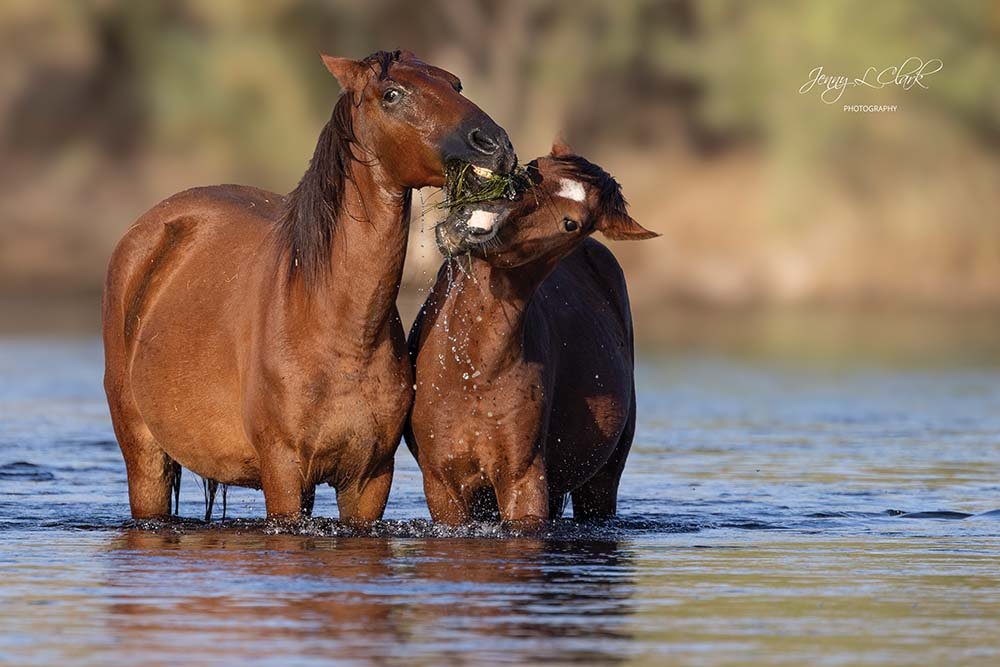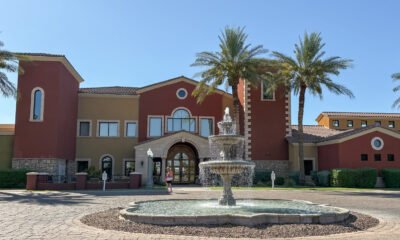Business
Controversy Erupts Over Responsibility for Salt River’s Wild Horses

By Brent Ruffner
Independent Newsmedia
Controversy surrounds the management of Salt River’s wild horses as various groups compete for a state contract to oversee their care. Fountain Hills resident John Mack advocates for a change in management, citing a lack of transparency and insufficient community involvement in the current regimen provided by the Salt River Wild Horse Management Group.
Mack, who first discovered the stunning horses while kayaking in 2017, has since become a member of the Wild Horse Transition Team. This team aims to secure the state contract, intending to address issues from repairing fencing to providing necessary veterinary care for the animals.
One pressing concern is the scarcity of food available for the current population of 282 horses. A recent study by the cooperative extension at the University of Arizona’s College of Agricultural and Life Sciences revealed that existing forage levels do not adequately sustain the herd. The findings indicated a need for supplemental feeding to support the horses effectively.
Moreover, the study examined ten sites where vegetation is restricted from horse access, highlighting the detrimental effects of continuous grazing on local flora, particularly amid ongoing drought conditions. “The effects of continuous grazing on perennial vegetation are likely to influence plant vigor adversely,” the report stated.
Concerns about the welfare of the Salt River horses extend beyond just food availability. Mack criticized the current management group for lacking a robust framework in transparency and accountability. In contrast, Simone Netherlands, president of the Salt River Wild Horse Management Group, defended her organization, claiming they maintain transparency with the public, including their fundraising efforts for food and care through donations.
Netherlands emphasized her group’s commitment to animal welfare, citing their acquisition of a 34-acre sanctuary in Prescott for injured horses, as well as efforts to buy horses from other regions to prevent harm. She also noted that they implemented a fertility control program that has significantly reduced the birth rate among the horses, contributing to better population management.
Amidst this competition for the contract, Netherlands voiced skepticism about the motivations of other interested groups, suggesting they may be drawn to the potential financial gains from the sale of horses. “They see money to receive on the back end,” she stated.
For now, the future management of Salt River’s wild horses remains uncertain as stakeholders weigh their options and priorities.


















